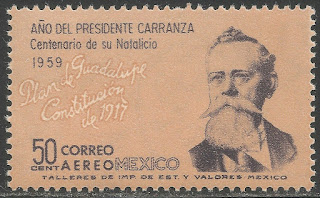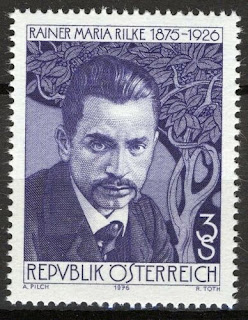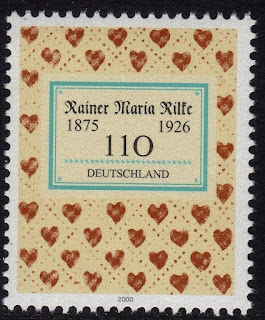Here are some events that happened on December 29th. It could be an event or a person that died or was born on that day
1845 – In accordance with International Boundary delimitation, the United States annexes the Republic of Texas, following the manifest destiny doctrine. The Republic of Texas, which had been independent since the Texas Revolution of 1836, is thereupon admitted as the 28th U.S. state.
Texas was annexed by the United States on December 29, 1845 and was admitted to the Union as the 28th state on that day, with the transfer of power from the Republic to the new state of Texas formally taking place on February 19, 1846. However, the United States inherited the southern and western border dispute with Mexico, which had refused to recognize Texas' independence or U.S. offers to purchase the territory. Texas annexation was a trigger for the Mexican–American War (1846–1848).
US Texas statehood stamps
1859 Born: Venustiano Carranza, Mexican soldier and politician, 37th President of Mexico (d. 1920)
José Venustiano Carranza De La Garza (29 December 1859 – 21 May 1920) was one of the main leaders of the Mexican Revolution, whose victorious northern revolutionary Constitutionalist Army defeated the counter-revolutionary regime of Victoriano Huerta (February 1913 – July 1914) and then defeated fellow revolutionaries after Huerta's ouster. He secured power in Mexico, serving as head of state from 1914 to 1916. With the promulgation of a new revolutionary Mexican Constitution of 1917, he was elected president, serving from 1916 to 1920.
Known as the "Primer Jefe" or "First Chief" of the Constitutionalists, Carranza was a shrewd politician rather than a military man. He supported Francisco I. Madero's challenge to the Díaz regime in the 1910 elections and Madero's Plan de San Luis Potosí to nullify the elections and overthrow Díaz by force. He was appointed the governor of his home state of Coahuila by Madero. When Madero was murdered in February 1913, Carranza drew up the Plan de Guadalupe, a purely political plan to oust Huerta. Carranza became the leader of northern forces opposed to Huerta. He went on to lead the Constitutionalist faction to victory and become president of Mexico.
Carranza was from a rich, northern landowning family; despite his position as head of the northern revolutionary movement, he was concerned that Mexico's land tenure not be fundamentally restructured by the Revolution. He was far more conservative than either southern peasant leader Emiliano Zapata or northern revolutionary general Pancho Villa. Once firmly in power in Mexico, Carranza sought to eliminate his political rivals. Carranza won recognition from the United States but took strongly nationalist positions. During his administration, the current constitution of Mexico was drafted and adopted. Carranza did not implement its most radical elements, such as empowerment of labor, use of the state to expropriate foreign enterprises, land reform in Mexico, or suppression of the Roman Catholic Church in Mexico.
In the 1920 election, in which he could not succeed himself, he attempted to impose a virtually unknown, civilian politician, Ignacio Bonillas, as president of Mexico. Northern generals, who held real power, rose up against Carranza under the Plan of Agua Prieta, and Carranza was assassinated as he fled Mexico City.
Mexican stamps depicting Venustiano Carranza
1926 Died: Rainer Maria Rilke, Austrian poet and author (b. 1875)
René Karl Wilhelm Johann Josef Maria Rilke (4 December 1875 – 29 December 1926), better known as Rainer Maria Rilke, was a Bohemian-Austrian poet and novelist. He is "widely recognized as one of the most lyrically intense German-language poets". He wrote both verse and highly lyrical prose. Several critics have described Rilke's work as "mystical". His writings include one novel, several collections of poetry and several volumes of correspondence in which he invokes images that focus on the difficulty of communion with the ineffable in an age of disbelief, solitude and anxiety. These themes position him as a transitional figure between traditional and modernist writers.
Rilke travelled extensively throughout Europe (including Russia, Spain, Germany, France and Italy) and, in his later years, settled in Switzerland – settings that were key to the genesis and inspiration for many of his poems. While Rilke is most known for his contributions to German literature, over 400 poems were originally written in French and dedicated to the canton of Valais in Switzerland. Among English-language readers, his best-known works include the poetry collections Duino Elegies (Duineser Elegien) and Sonnets to Orpheus (Die Sonette an Orpheus), the semi-autobiographical novel The Notebooks of Malte Laurids Brigge (Die Aufzeichnungen des Malte Laurids Brigge), and a collection of ten letters that was published after his death under the title Letters to a Young Poet (Briefe an einen jungen Dichter). In the later 20th century, his work found new audiences through use by New Age theologians and self-help authors and frequent quotations by television programs, books and motion pictures. In the United States, Rilke remains among the more popular, best-selling poets.
Austrian and German stamps depicting Rainer Maria Rilke







No comments:
Post a Comment